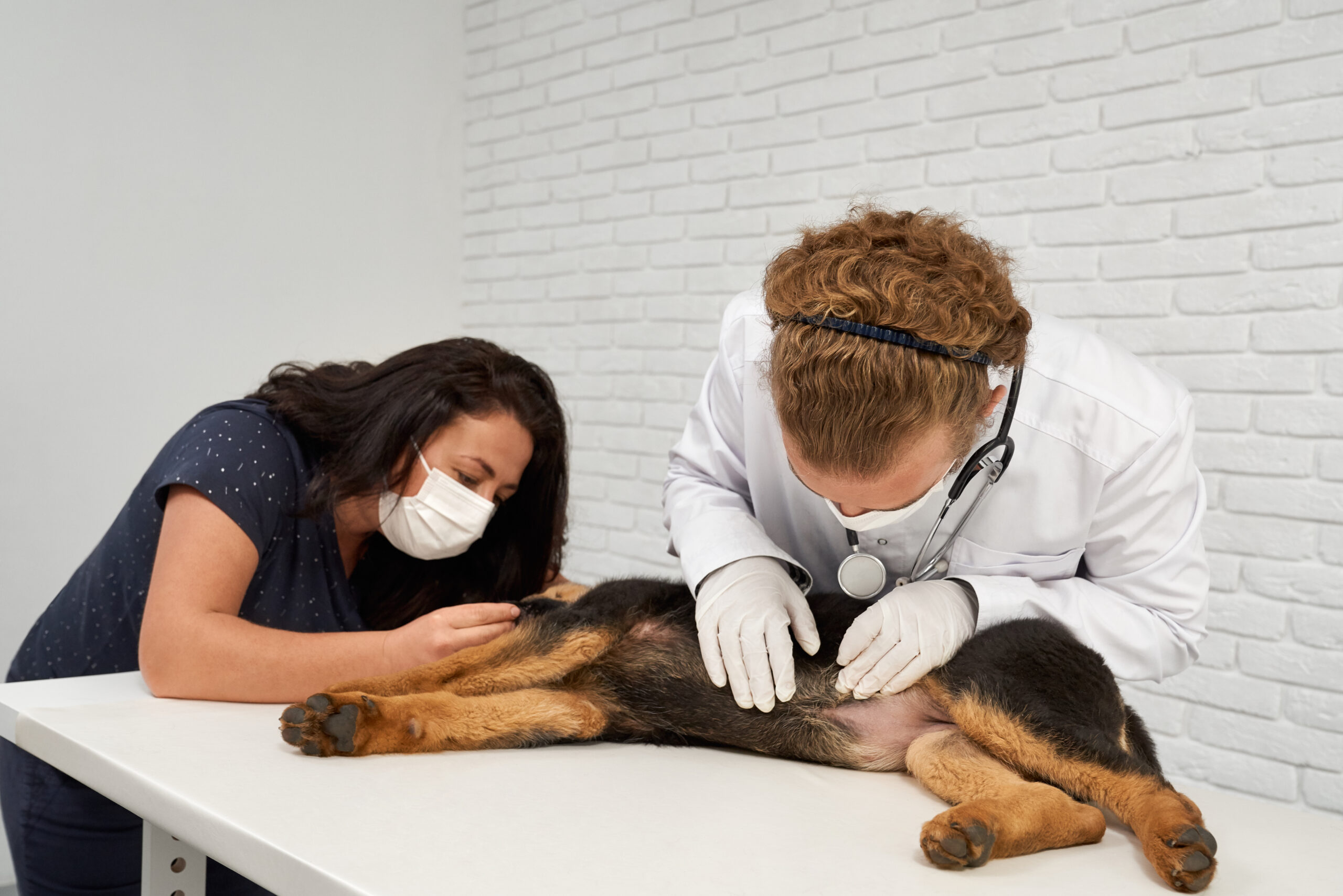Your dog just had surgery, and now you’re noticing some strange behavior—maybe whining, acting weird, or having diarrhea. It’s natural to worry about dog anesthesia after effects. Don’t panic! Most of these side effects are common and short-lived. In this guide, you’ll learn:
- Why these side effects happen
- Dog anesthesia recovery time
- Signs of anesthesia overdose in dogs
- Special care for senior dogs
- When to call the vet
Let’s dive in.
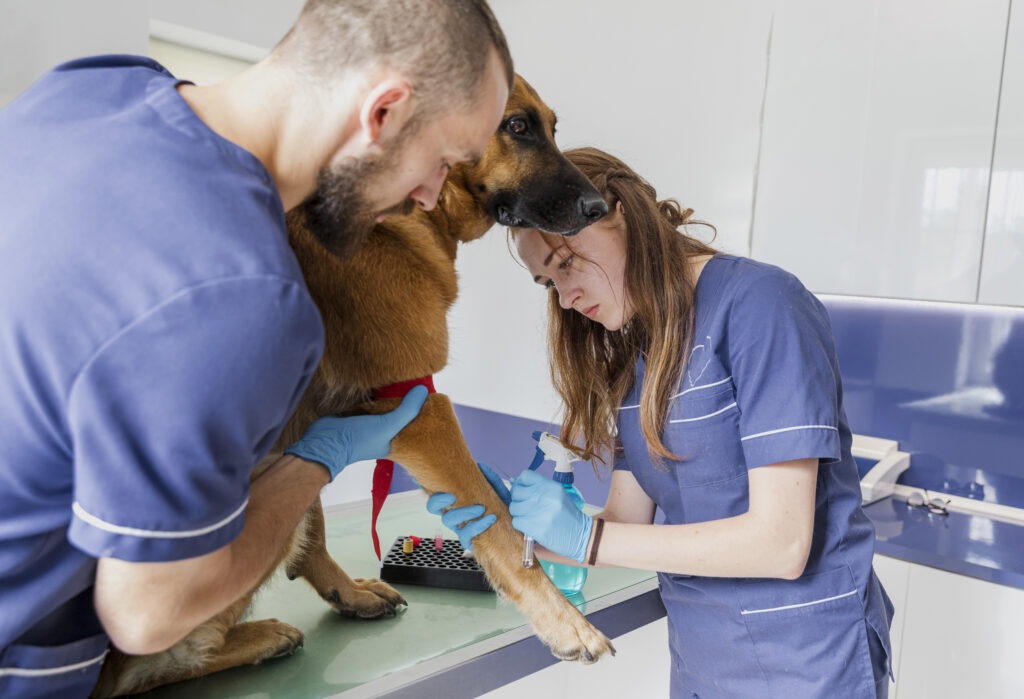
What is Anesthesia for Dogs?
Anesthesia is the medicine vets use to make your dog sleep deeply during surgery or a medical procedure. It stops them from feeling pain and moving. Once the surgery is over, the medicine takes time to leave their body. That’s why your dog may act different for a few hours—or even a whole day.
Common Dog Anesthesia After Effects
Here are the most common things you’ll notice after your dog wakes up from anesthesia:
1. Sleepiness and Tiredness
Your dog will feel super sleepy after anesthesia. They may nap a lot or not want to play. This is normal because the drugs are still in their system.
What to do?
Let them rest in a quiet, cozy place. Don’t force them to walk or eat right away.
2. Wobbly Walking or Shaking
You may see your dog walking like they’re drunk or their legs shaking. This happens because anesthesia can affect balance.
What to do?
Keep them on the floor (not on beds or couches) so they don’t fall. Use a soft blanket for comfort.
3. Upset Stomach or Vomiting
Some dogs feel sick or vomit after anesthesia because the medicine affects the stomach.
What to do?
Don’t give food right away. Wait a few hours and then offer small, light meals like boiled chicken and rice.
4. Low Body Temperature
Anesthesia can make your dog’s body temperature drop. They might feel cold.
What to do?
Cover them with a soft blanket and keep them in a warm room.
5. Whining or Crying
Your dog might whine or cry after anesthesia. This doesn’t always mean pain—it can be confusion or the drugs wearing off.
What to do?
Stay calm, pet them gently, and talk softly to comfort them.
6. Trouble Controlling Pee
Some dogs may pee without warning because the anesthesia relaxes their muscles.
What to do?
Place a pee pad or towel under them. Don’t scold your dog—it’s not their fault.
How Long Do Dog Anesthesia After Effects Last?
Most effects go away within 12 to 24 hours. But in some cases, your dog might feel tired for up to 2 days. If they still seem very weak or sick after 48 hours, call your vet.
When Should You Worry?
Go to the vet immediately if you see:
- Heavy breathing or trouble breathing
- Bleeding from the surgery area
- No eating or drinking after 24 hours
- Continuous vomiting or diarrhea
- Not waking up fully after 24 hours
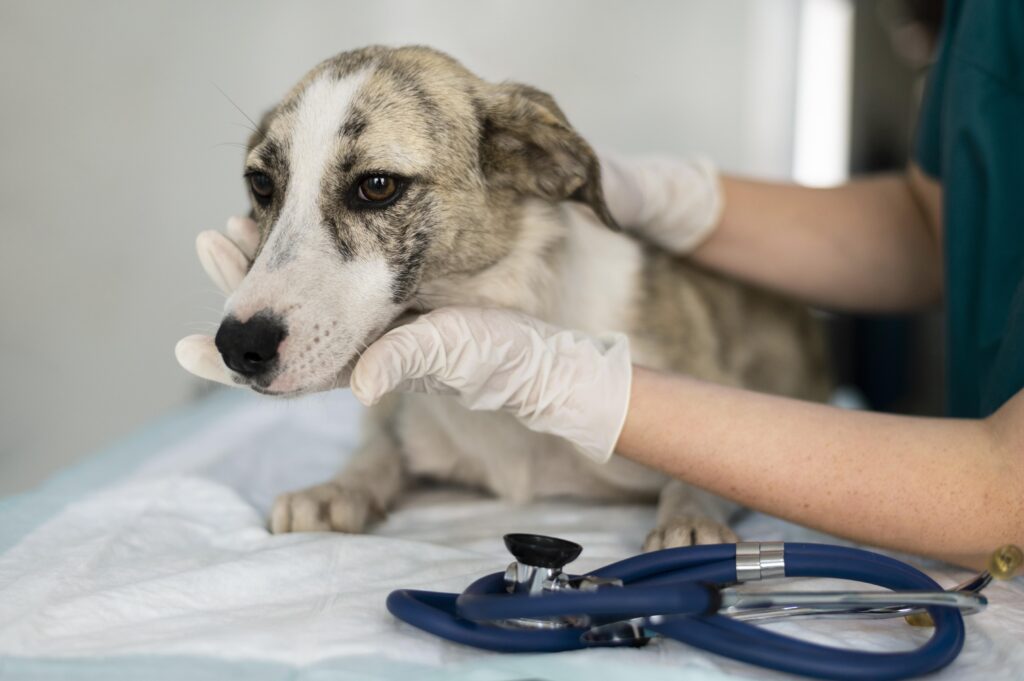
How to Care for Your Dog After Anesthesia
Here are simple care tips:
- Quiet place: Keep them in a calm space with no loud noises.
- Start with water: Give a small amount of water before feeding.
- Small meals: Start with small portions of light food.
- No jumping: Stop them from running or climbing stairs for at least 24 hours.
- Follow vet’s instructions: Give medicines on time.
Signs of Anesthesia Overdose in Dogs
Overdose is rare but dangerous. Here are warning signs:
- Very slow or very fast heart rate
- Trouble breathing or gasping
- Blue gums or tongue (low oxygen)
- Unresponsive or hard to wake up
- Seizures or muscle twitching
If you see these signs, rush to your vet immediately. This is an emergency.
Senior Dog Anesthesia Side Effects
Older dogs have a harder time with anesthesia because their liver, kidneys, and heart may not work as well as before. Common issues include:
- Longer sleep and slower recovery
- Higher risk of low blood pressure
- More chances of nausea or vomiting
- Joint pain from lying still during surgery
Tip: Always ask your vet for a senior-friendly anesthesia plan.
Long-Term Side Effects of Anesthesia in Dogs
Most dogs recover without problems. But in rare cases, there can be long-term effects like:
- Behavior changes – Anxiety, fear, or confusion
- Memory issues – Acting forgetful or disoriented
- Organ stress – Especially in liver or kidneys
If your dog still doesn’t seem normal after a few weeks, contact your vet.
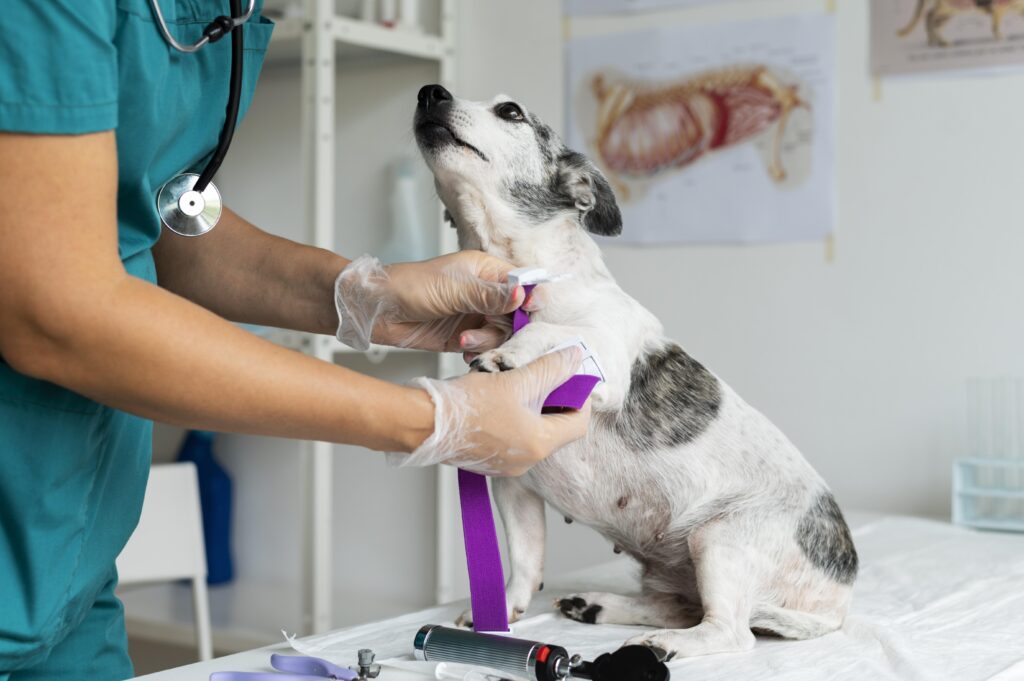
Dog Anesthesia Recovery Time
Most dogs start feeling better within 12–24 hours. However:
- Small surgeries = Quick recovery (1 day)
- Big surgeries = Longer recovery (2–3 days)
Senior dog anesthesia recovery time is usually longer. Older dogs might take 48 hours or more to feel normal again.
When Are Dogs Too Old For Surgery
There’s no exact age when dogs are “too old” for surgery. It depends on their overall health, not just their age. Many senior dogs (10–14 years old) safely undergo surgeries like dental cleaning or lump removal.
Vets usually check:
- Heart and lung function (through blood tests and X-rays)
- Kidney and liver health (to process anesthesia)
- Underlying conditions like diabetes or arthritis
If your dog is otherwise healthy, age alone is not a reason to avoid surgery. However, if they have severe organ problems, very weak immunity, or poor quality of life, the risks may outweigh the benefits. Always discuss with your vet and ask about safer anesthesia options for senior dogs.
Dog Anesthesia Side Effects: Whining
Whining is common after anesthesia. Why?
- Confusion – They don’t understand what happened.
- Pain – They may feel sore.
- Medication effects – Some drugs make dogs vocal.
How long do dogs whine after anesthesia? Usually a few hours. If whining continues for a day or gets worse, ask your vet.
Dog Anesthesia Death Rate
This is the scariest thought for pet parents. The truth? Modern anesthesia is very safe.
- General risk: Less than 0.05% (1 in 2,000)
- Higher in seniors or sick dogs
Choosing an experienced vet and proper pre-surgery tests reduces the risk even more.
Dog Acting Weird After Anesthesia
Your dog may seem “not themselves” after surgery. Common weird behaviors include:
- Walking in circles
- Staring blankly
- Whining for no reason
- Hiding or wanting extra attention
This usually goes away within 24 hours. Just keep them calm and cozy.
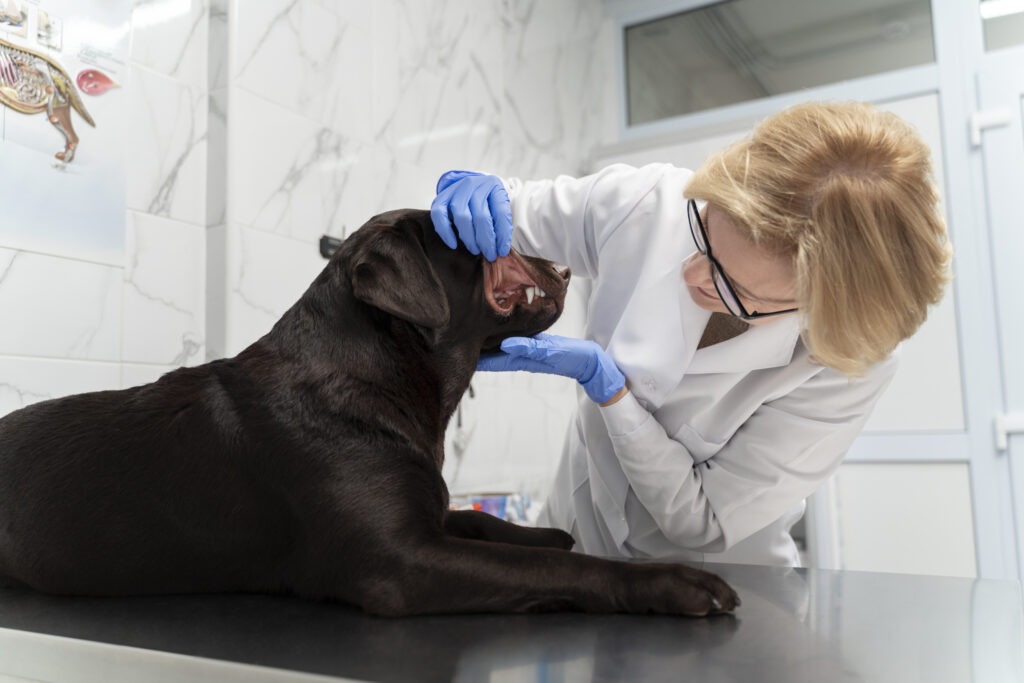
Dog Anesthesia After Effects: Diarrhea
Some dogs get diarrhea after anesthesia because:
- The medicine upsets their stomach.
- They haven’t eaten for hours before surgery.
- Antibiotics or pain meds can irritate the gut.
Feed plain boiled chicken and rice for 1–2 days.. If diarrhea lasts more than 48 hours or has blood, call the vet.
Dog Anesthesia Side Effects: Diarrhea in Senior Dogs
Older dogs are more sensitive. Diarrhea might last longer because their digestion is weaker. Make sure they stay hydrated.
How to Care for Your Dog After Anesthesia
Here’s what you should do:
- Keep them in a quiet, warm spot.
- Offer small sips of water first, then food after a few hours.
- Feed light meals like chicken and rice for a day or two.
- No running or jumping for at least 24 hours.
- Watch for signs of trouble like breathing issues, vomiting, or severe weakness.
Final Thoughts
Majority dog anesthesia after effects are mild and only temporary. But knowing about signs of anesthesia overdose in dogs, senior dog anesthesia side effects, and long-term risks can save your dog’s life. Stay relaxed, follow your vet’s guidance, and shower your dog with love and care.
FAQ’S:
1. Why is my dog sad after anesthesia?
Anesthesia drugs can make dogs feel disoriented, weak, or anxious for a day or two.
2. Can anesthesia affect a dog’s brain?
Rarely, but in senior or sick dogs, it can cause temporary confusion or memory issues.
3. How long do anesthesia side effects last in dogs?
Most side effects last 12–24 hours, but drowsiness can last up to 48 hours.
4. Can anesthesia cause problems in dogs?
Yes, it can cause nausea, whining, diarrhea, and rarely, complications like organ stress.
You May Like – Best Dog Food Homemade Recipes, Ingredients, Diabetic Dog, Vet Insights & DIY Tools
Share To Help